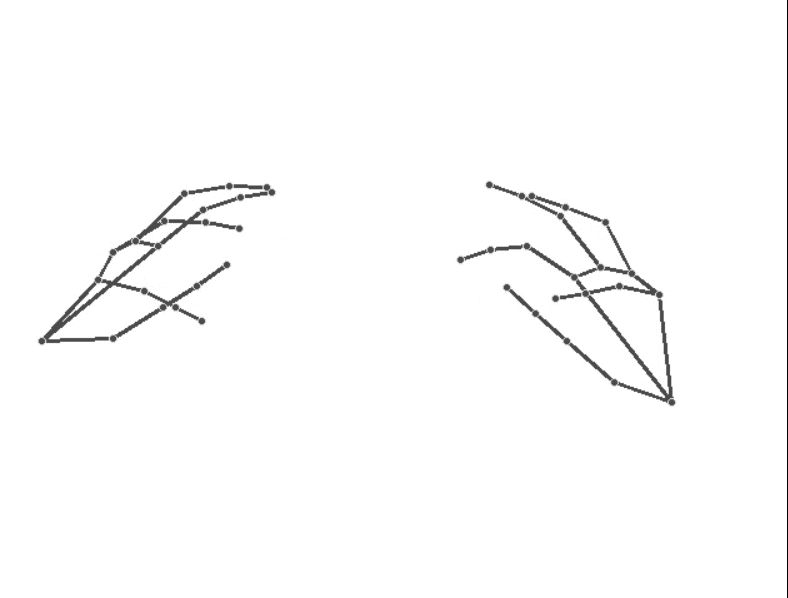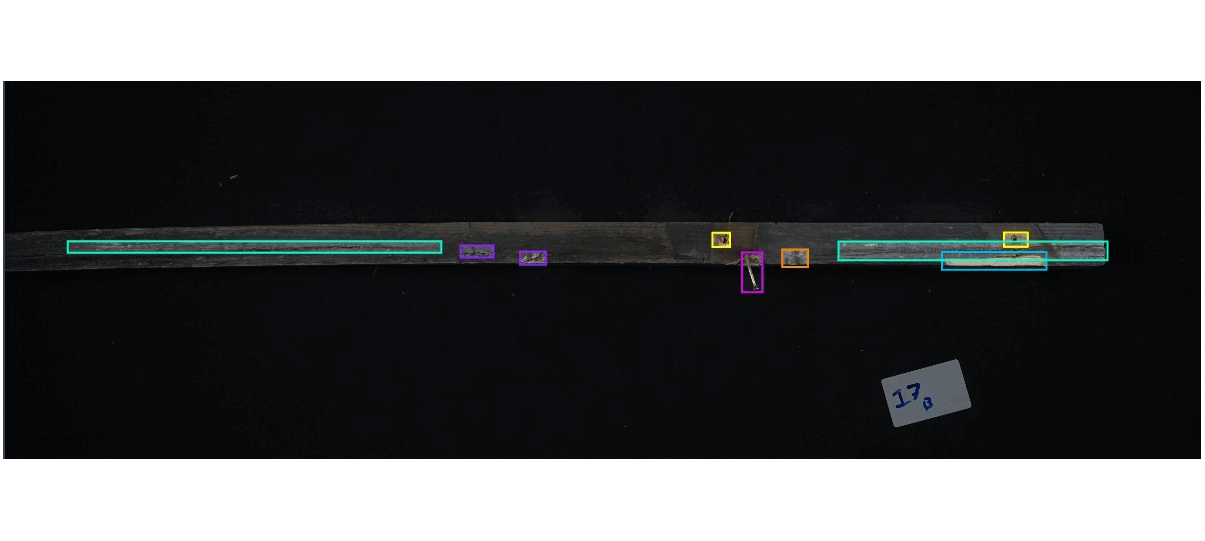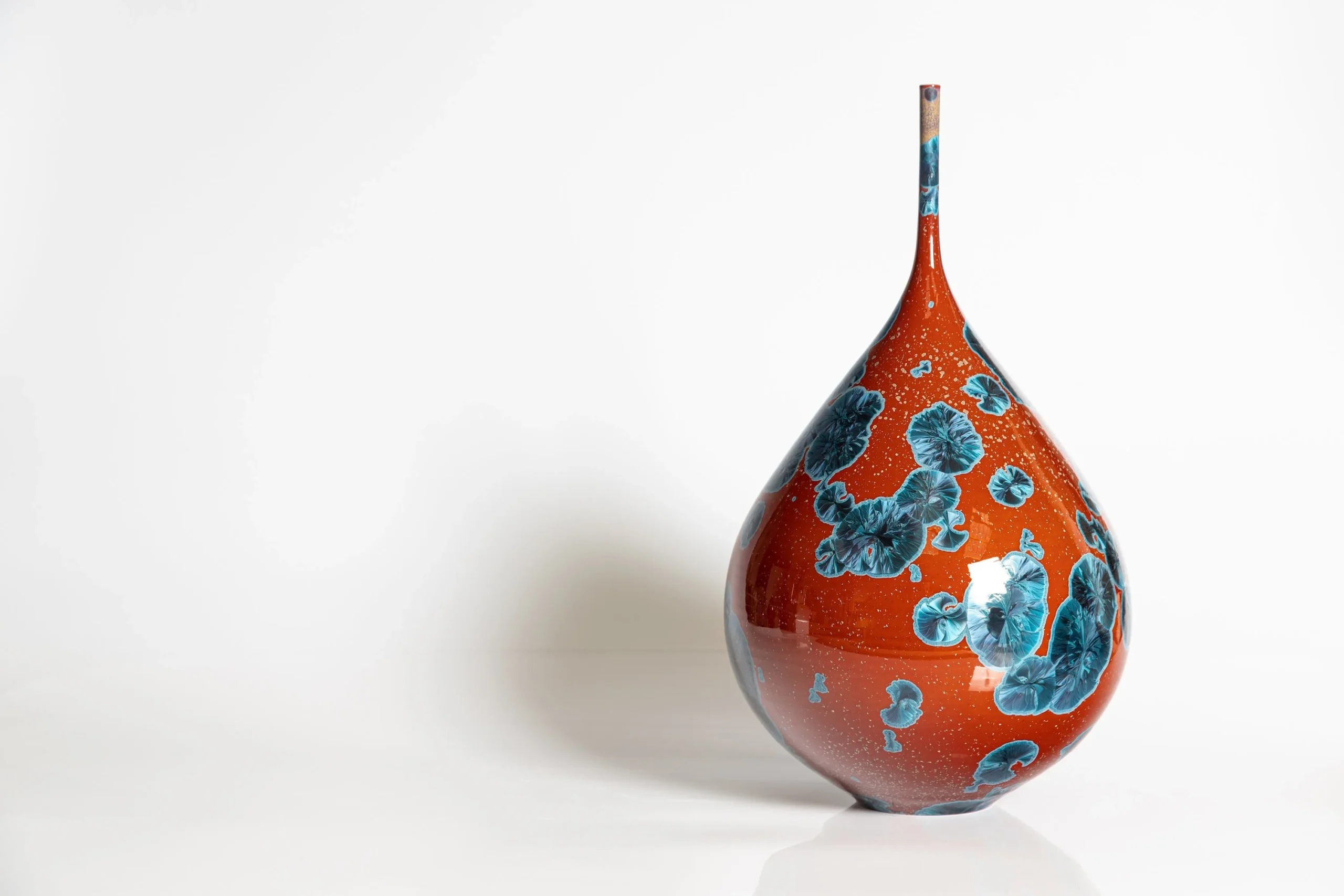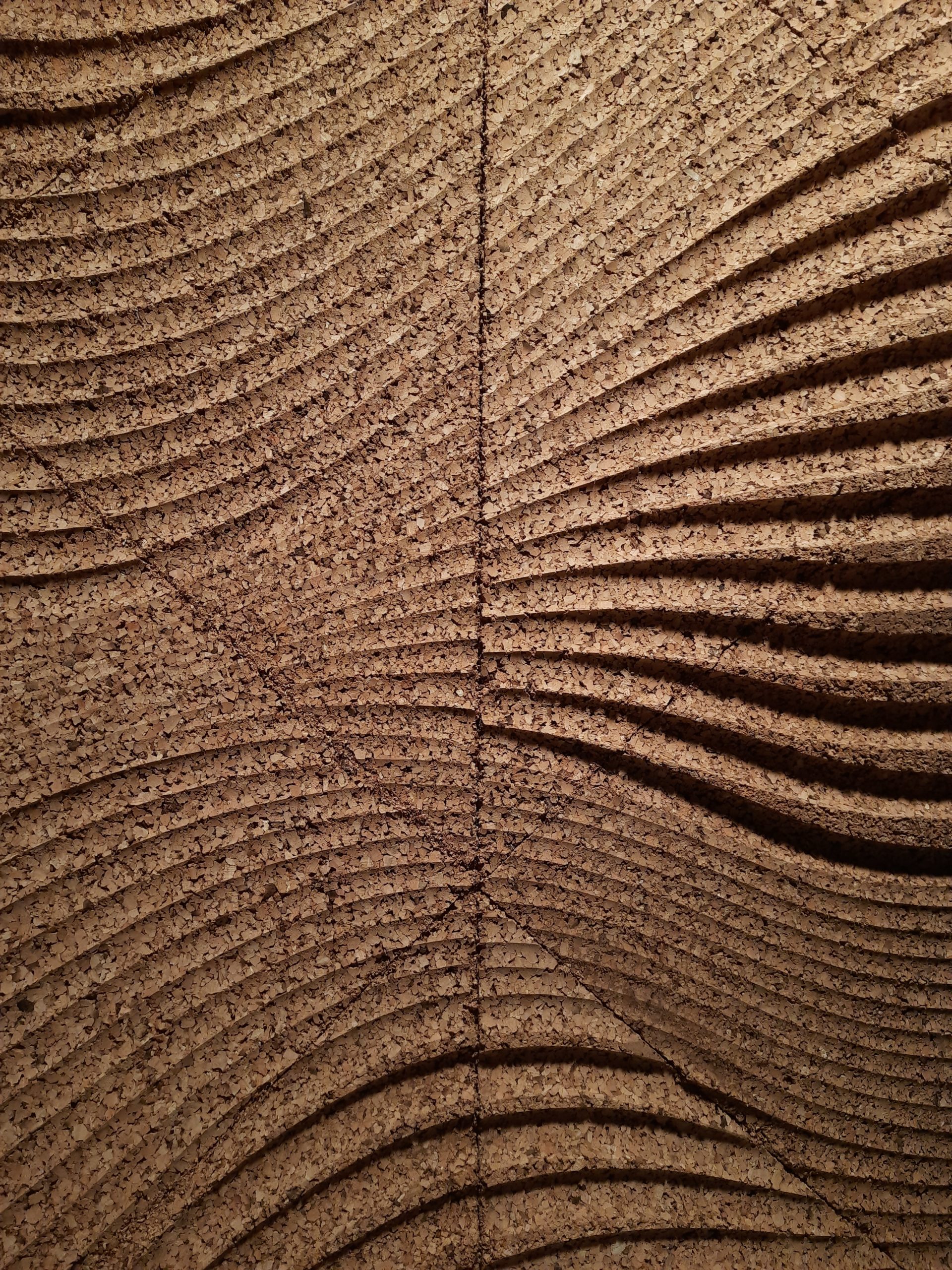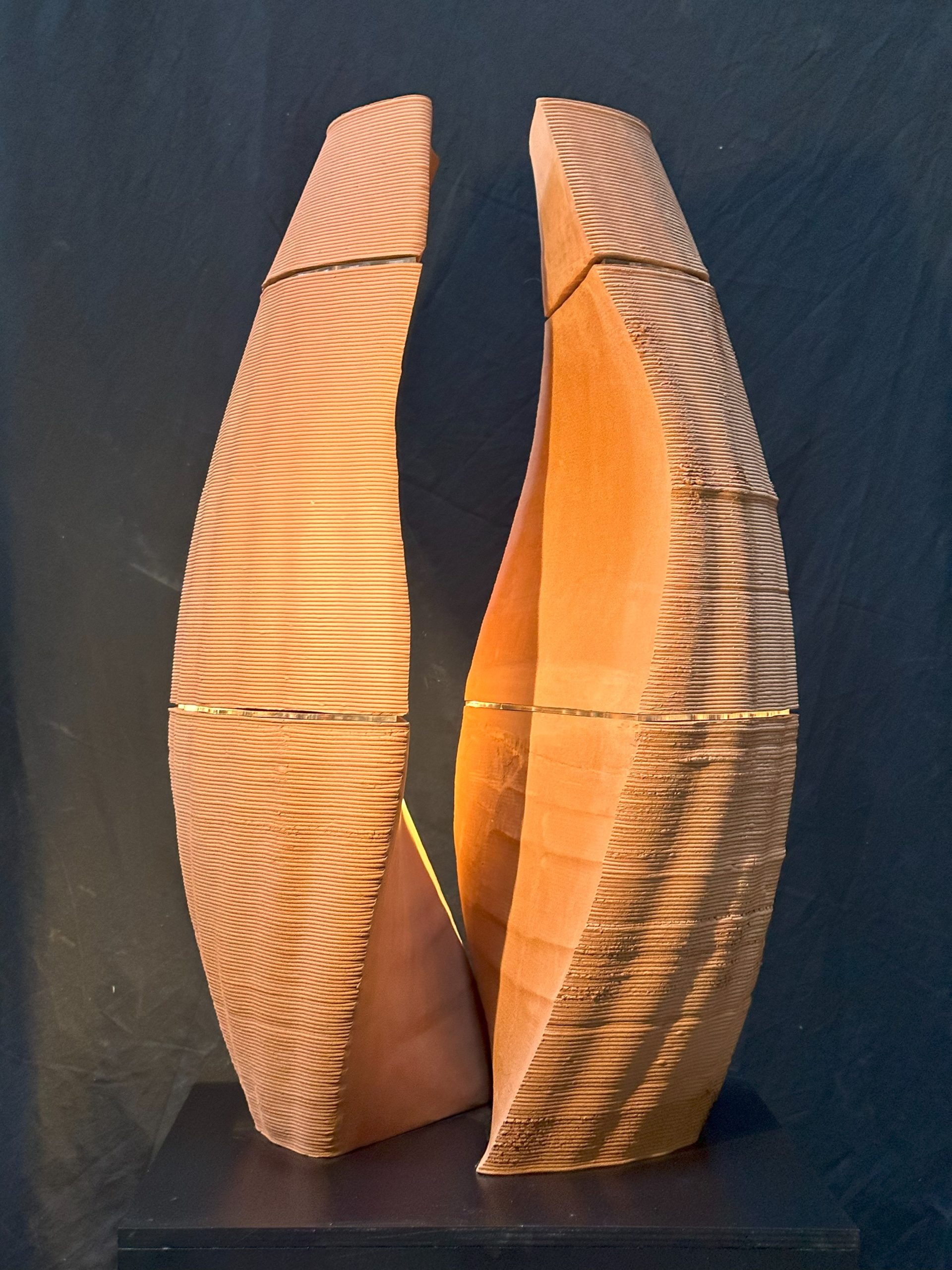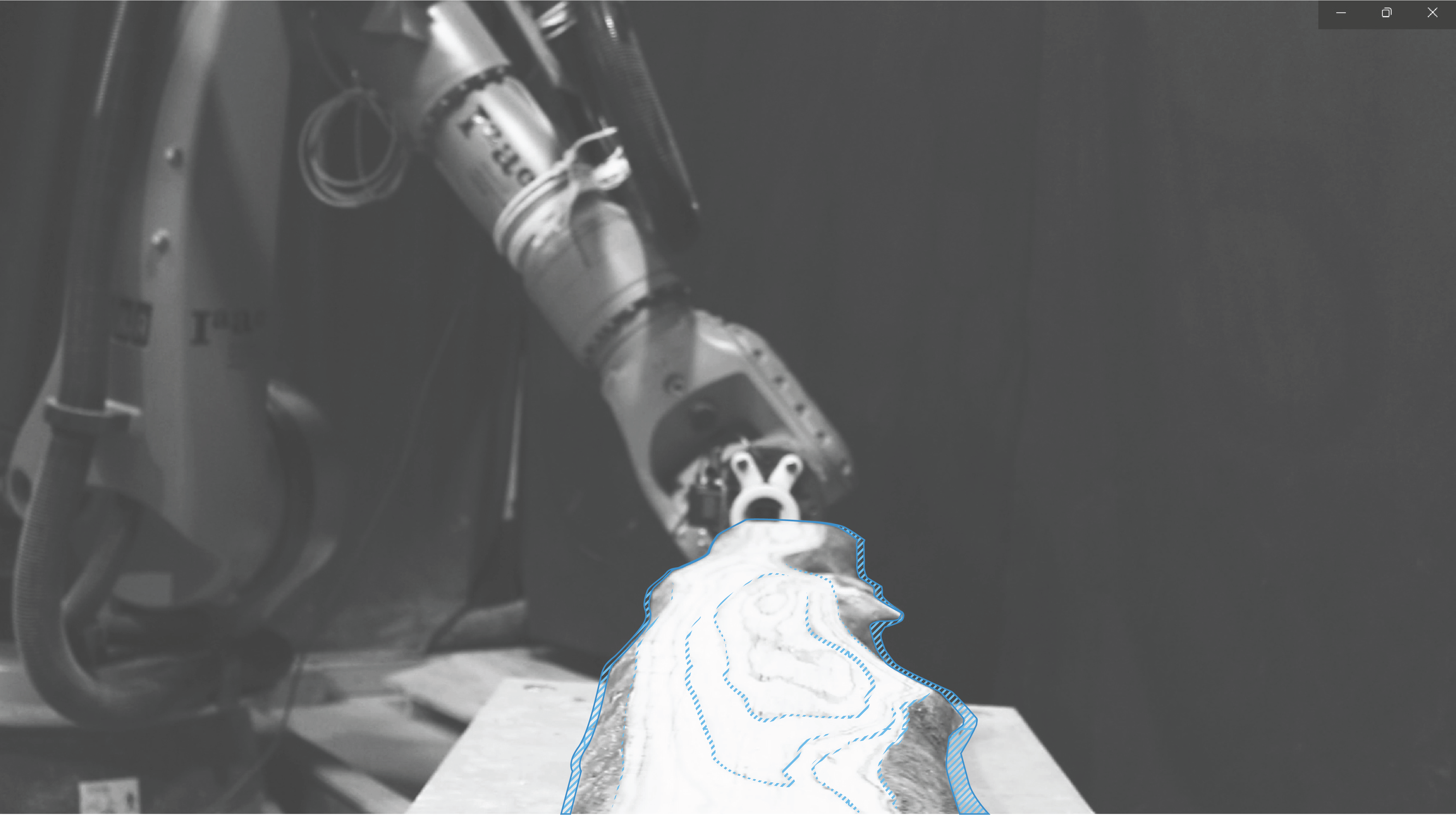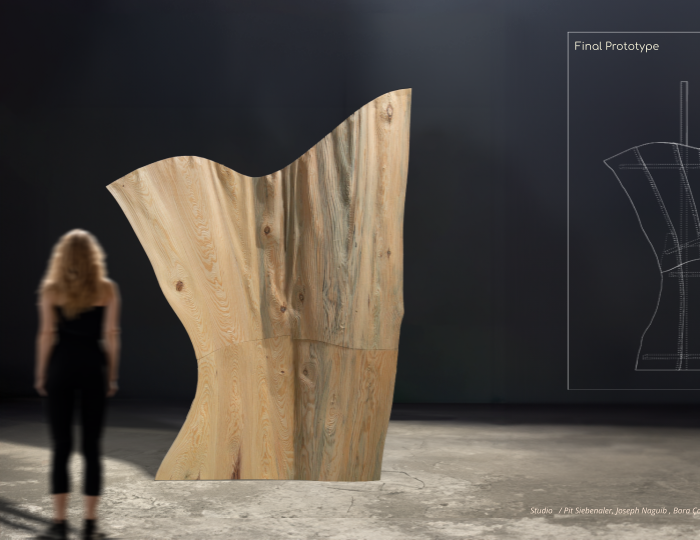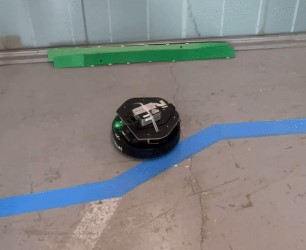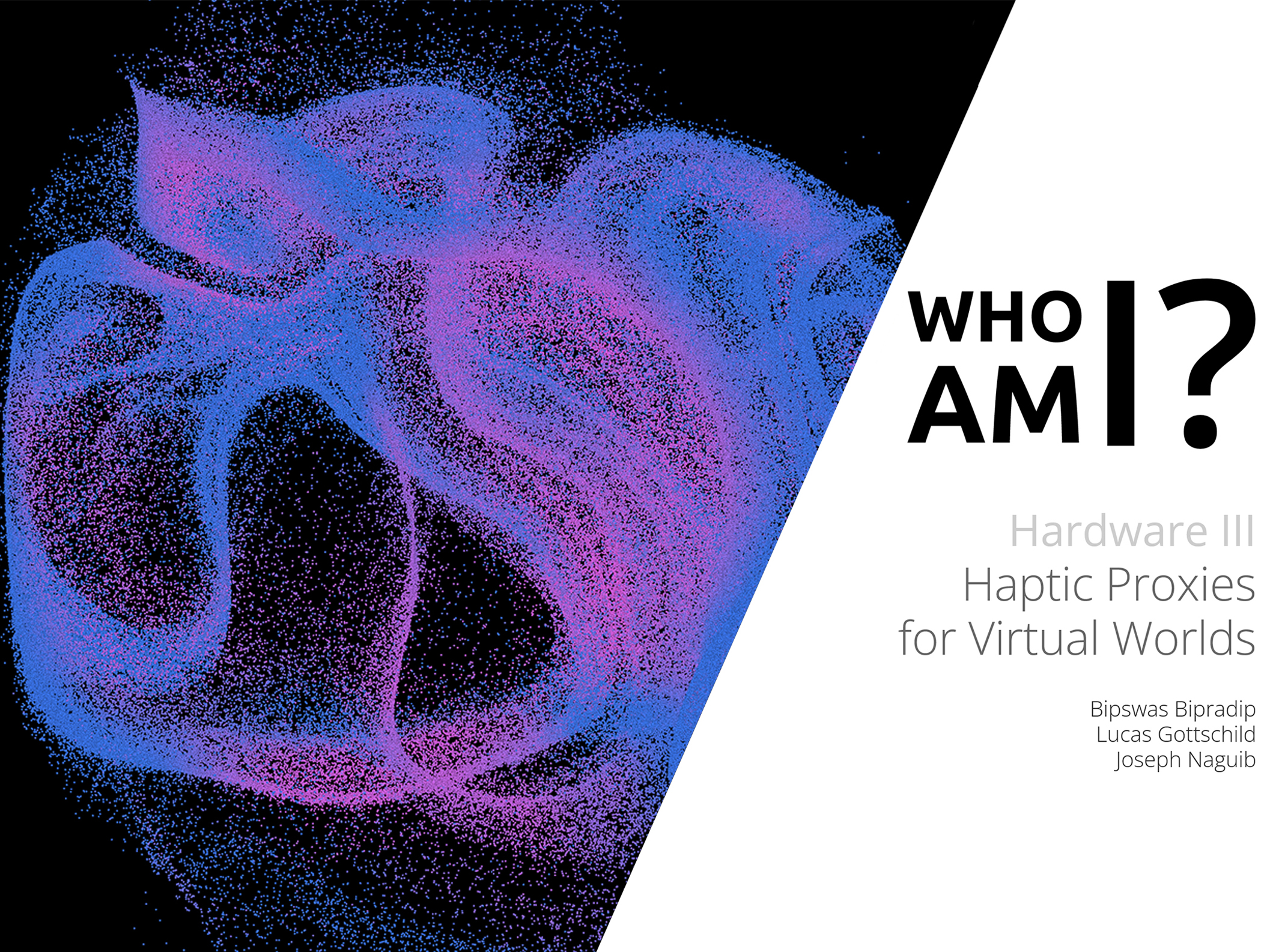Kino
At the workshop led by Madeline Gannon, we had the chance to delve into robotic movement, prioritizing creative freedom over conventional targets like accuracy and repeatability. The workshop was designed as a breeding ground for creativity, facilitated by software components that allowed exploration without the constraints of a kinematic solver. Given the project’s one-week duration … Read more


